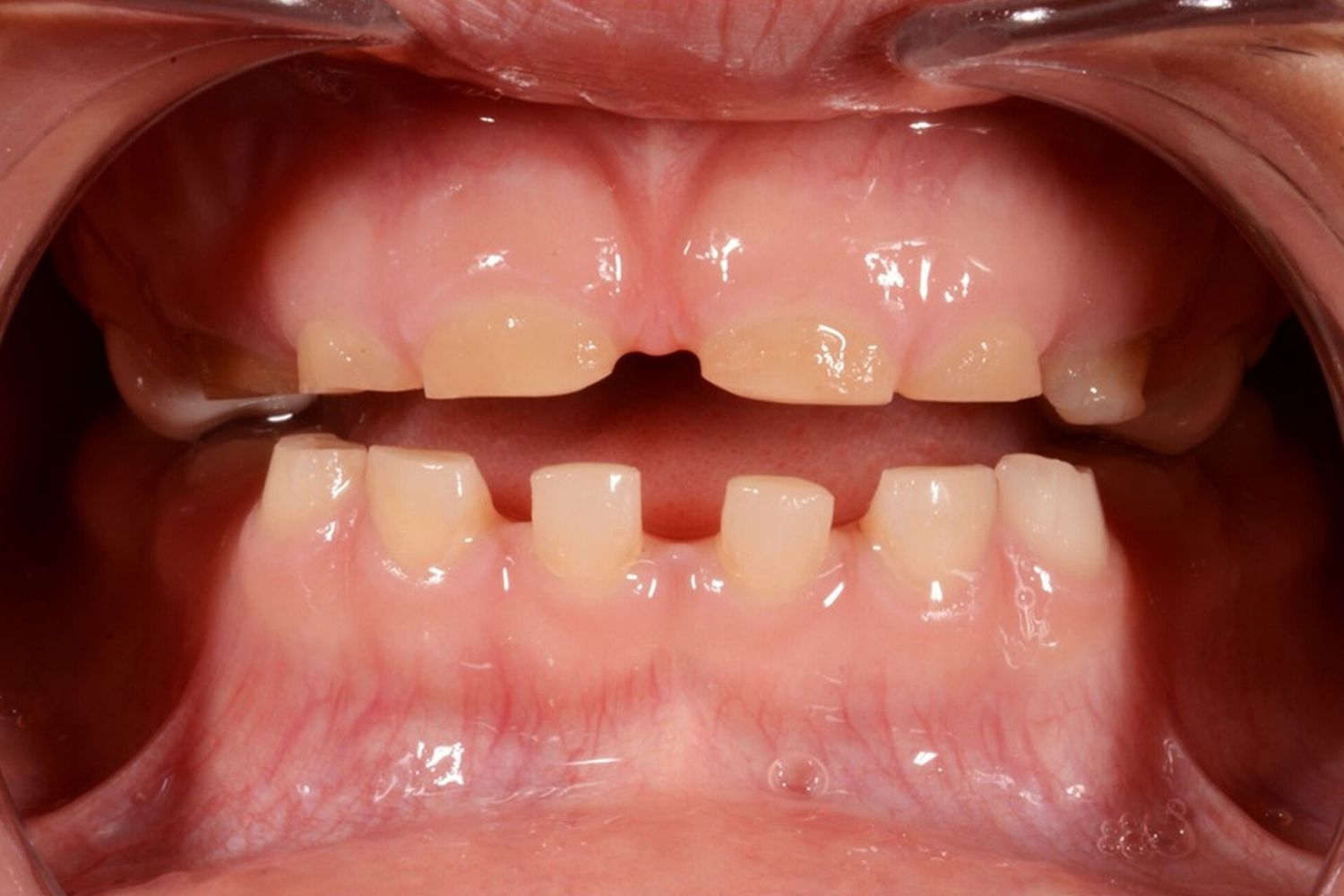
Tricho-Dento-Osseous Syndrome (TDO) is a rare genetic disorder that affects hair, teeth, and bones. Ever wondered why some people have unusually curly hair, brittle teeth, or dense bones? TDO might be the answer. This condition is caused by mutations in the DLX3 gene, which plays a crucial role in the development of these tissues. People with TDO often have distinctive dental issues like enamel hypoplasia and taurodontism, making their teeth more prone to cavities and fractures. Additionally, they may experience thickened skull bones and curly hair. Understanding TDO can help in early diagnosis and better management of symptoms, improving the quality of life for those affected. Dive into these 42 facts to learn more about this intriguing syndrome.
Key Takeaways:
- Tricho-Dento-Osseous Syndrome affects hair, teeth, and bones due to genetic mutations. It can cause curly hair, weak enamel, and increased bone density, impacting daily life and requiring specialized care.
- Managing TDO involves genetic testing, dental care, and bone monitoring. Support from healthcare providers and community can make a significant difference in living with this rare genetic disorder.
What is Tricho-Dento-Osseous Syndrome?
Tricho-Dento-Osseous Syndrome (TDO) is a rare genetic disorder affecting hair, teeth, and bones. Understanding this condition can help those affected and their families manage symptoms better.
- TDO is caused by mutations in the DLX3 gene.
- This syndrome follows an autosomal dominant inheritance pattern.
- Hair abnormalities include kinky, curly, or frizzy hair.
- Teeth often show enamel hypoplasia, making them prone to decay.
- Individuals may have taurodontism, where molar teeth have enlarged pulp chambers.
- Bone density can be increased, leading to a condition known as osteosclerosis.
- TDO can also cause craniofacial abnormalities, such as a prominent forehead.
- The syndrome affects both males and females equally.
- Symptoms can vary widely even within the same family.
- Diagnosis often involves genetic testing and clinical evaluation.
How Does TDO Affect Hair?
Hair abnormalities are one of the hallmark features of TDO. These changes can be noticeable from birth or develop over time.
- Hair may be sparse or thin.
- Some individuals experience slow hair growth.
- Hair texture can be unusually curly or frizzy.
- Hair may be more prone to breakage.
- Scalp hair is most commonly affected, but body hair can also show changes.
- Hair abnormalities can sometimes improve with age.
- Regular hair care and gentle handling can help manage symptoms.
- Specialized shampoos and conditioners may be beneficial.
- Hair treatments should be discussed with a healthcare provider.
- Wigs or hairpieces can be an option for those with significant hair loss.
Dental Issues in TDO
Dental problems are a significant concern for those with TDO. Proper dental care is essential to manage these issues.
- Enamel hypoplasia makes teeth more susceptible to cavities.
- Teeth may appear discolored or have an abnormal shape.
- Regular dental check-ups are crucial for early detection of problems.
- Fluoride treatments can help strengthen enamel.
- Dental sealants may be used to protect teeth from decay.
- Orthodontic treatment might be necessary for misaligned teeth.
- Good oral hygiene practices are essential.
- A diet low in sugar can help prevent cavities.
- Dentists familiar with TDO can provide specialized care.
- Dental issues can impact self-esteem and quality of life.
Bone Abnormalities in TDO
Bone abnormalities in TDO can lead to various complications. Understanding these changes can help in managing symptoms effectively.
- Increased bone density can cause osteosclerosis.
- Osteosclerosis may lead to bone pain or fractures.
- Regular bone density scans can monitor changes.
- Physical therapy can help manage bone pain.
- Calcium and vitamin D supplements may be recommended.
- Bone abnormalities can affect growth and development.
- Joint problems can occur due to increased bone density.
- Orthopedic interventions might be necessary in severe cases.
- Maintaining a healthy weight can reduce stress on bones.
- Exercise should be tailored to individual needs and abilities.
Living with Tricho-Dento-Osseous Syndrome
Living with TDO requires a multidisciplinary approach. Support from healthcare providers, family, and community can make a significant difference.
- Genetic counseling can help families understand inheritance patterns.
- Support groups can provide emotional and practical support.
Final Thoughts on Tricho-Dento-Osseous Syndrome
Tricho-Dento-Osseous Syndrome (TDO) is a rare genetic disorder that affects hair, teeth, and bones. Understanding TDO helps in managing its symptoms better. Early diagnosis can lead to effective treatments, improving the quality of life for those affected. Genetic counseling is crucial for families dealing with TDO, providing them with the necessary support and information.
Knowing the facts about TDO can raise awareness and promote research, leading to better treatments in the future. If you or someone you know shows symptoms of TDO, consult a healthcare professional for proper diagnosis and management.
Stay informed, support research, and spread awareness about TDO. Every bit of knowledge helps in making a difference in the lives of those affected by this rare condition.
Frequently Asked Questions
Was this page helpful?
Our commitment to delivering trustworthy and engaging content is at the heart of what we do. Each fact on our site is contributed by real users like you, bringing a wealth of diverse insights and information. To ensure the highest standards of accuracy and reliability, our dedicated editors meticulously review each submission. This process guarantees that the facts we share are not only fascinating but also credible. Trust in our commitment to quality and authenticity as you explore and learn with us.
